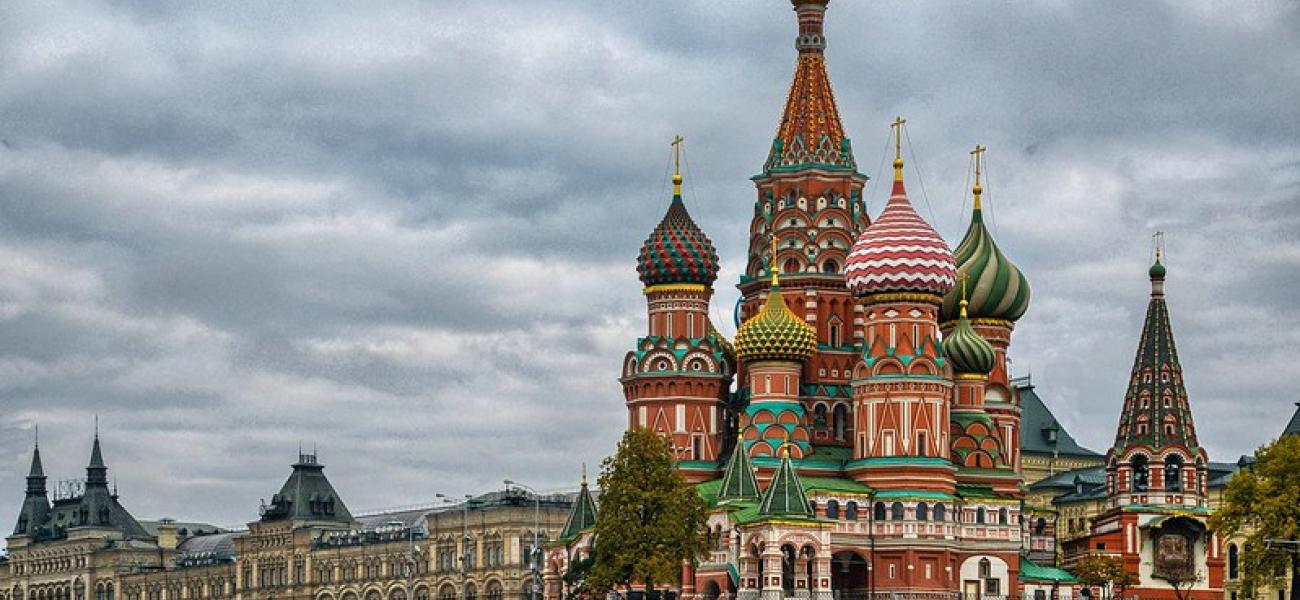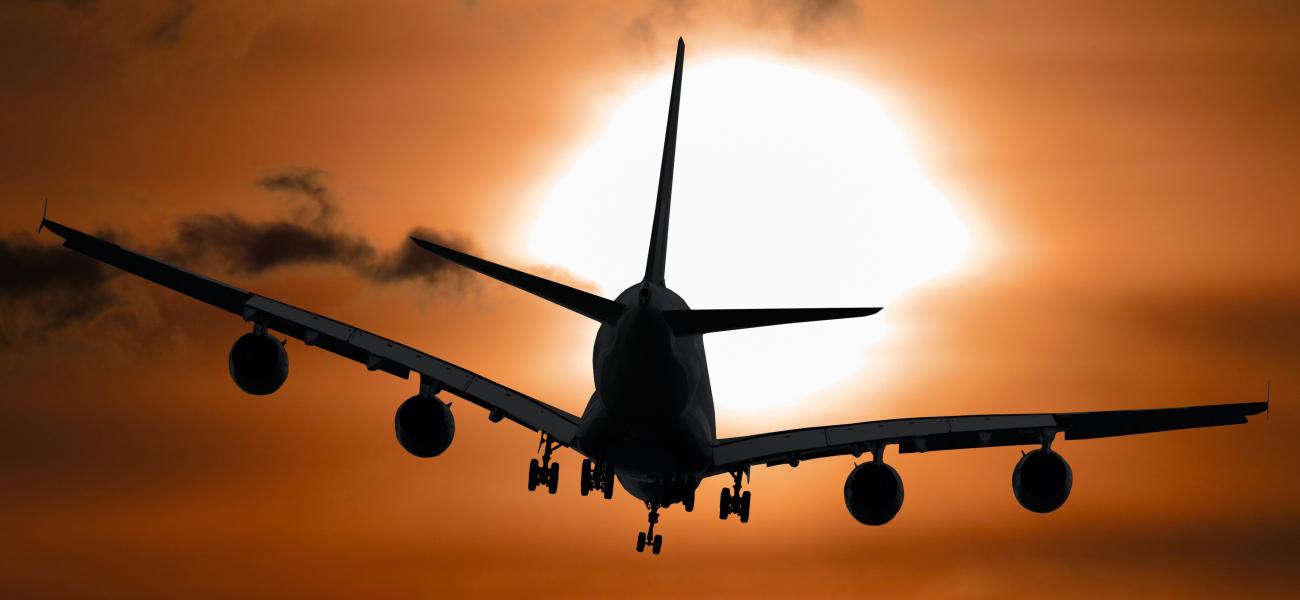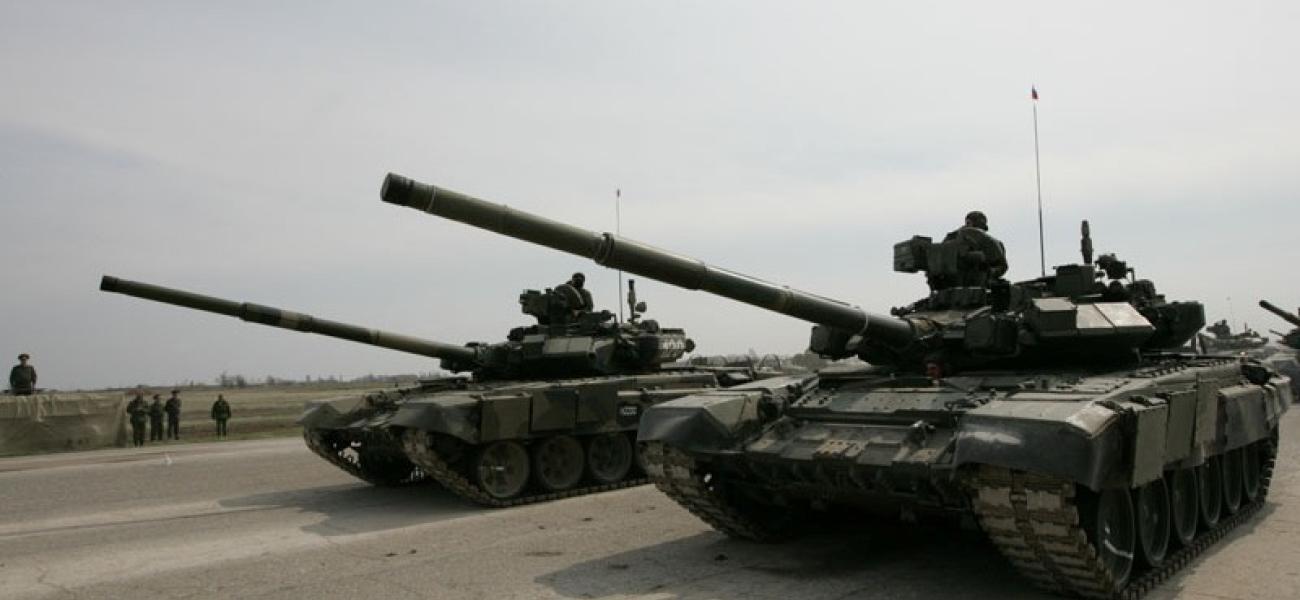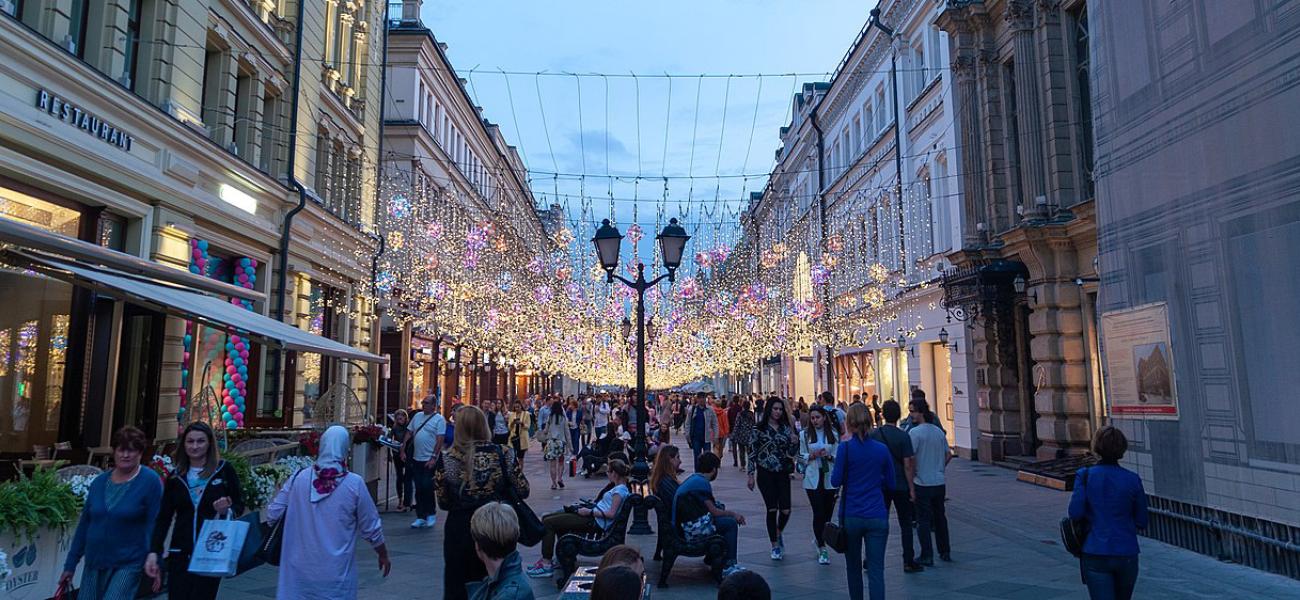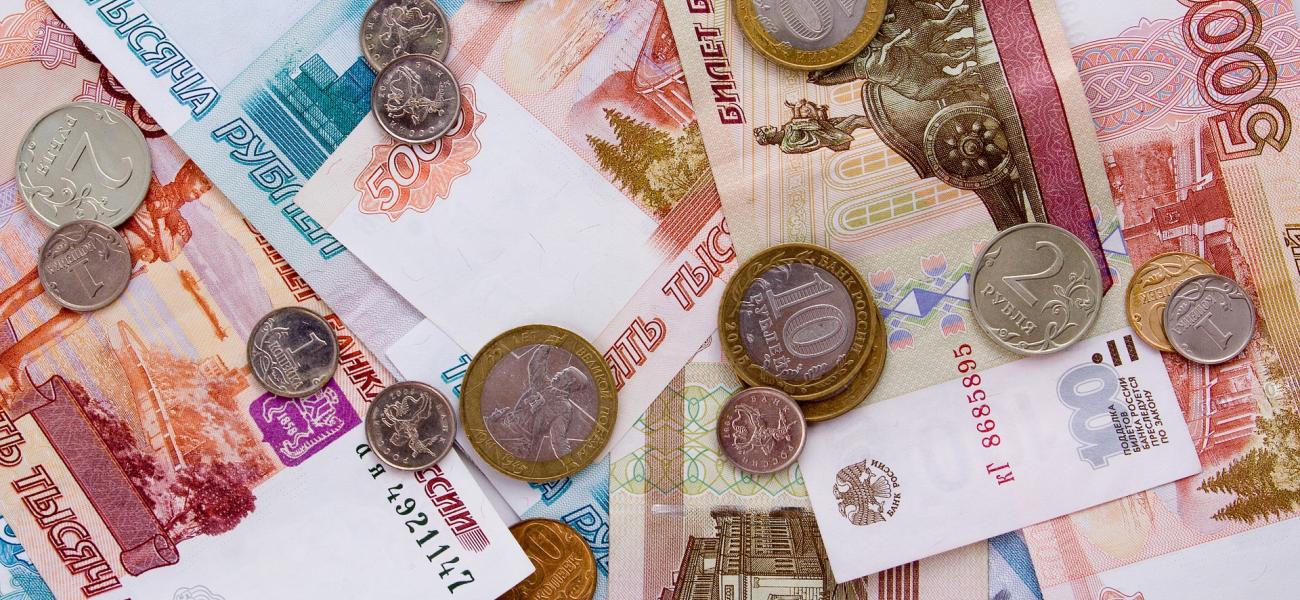The United States continues to be the country that is least friendly to Russia in the eyes of this country’s population, according to a study released by Russia’s most respected independent pollster, the Levada Center, one day ahead of the June 16 Biden-Putin summit in Geneva. As many as 66% of respondents to the poll—which was conducted in May and which allowed respondents to select five countries from a list—identified America as hostile toward Russia. Ukraine and the United Kingdom came in second and third in the ranking, with respectively 40% and 28% of Russians categorizing them as most unfriendly (See Table 1). At the same time, the proportion of individuals with negative attitudes towards the United States increased from 42% in March 2021 to 54% in May 2021 while the share of individuals who had positive view towards U.S. decreased from 40% to 31% over the same period of time. Popular attitudes towards the European Union also grew increasingly negative. The share of Russians who hold positive views of the European Union fell from 40% in March to 31% in May.
When it comes to countries that Russians view as most friendly, Belarus tops the list, according to the recent poll. (See Table 2). As many as 58 percent of Russians viewed Belarus as friendly as of May 2021. China came in second, with 38 percent (a slight decrease from 49 percent in 2020), followed by Kazakhstan (34 percent), Armenia (16 percent) and India (13 percent).

